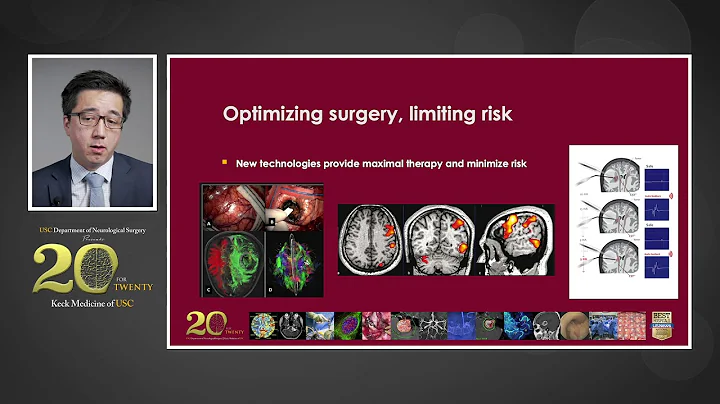Glioma is the most lethal and common tumor in the central nervous system . After surgical intervention and aggressive chemoradiotherapy, the prognosis for many patients with glioblastoma (GBM) remains poor. In recent years, immune binding site inhibitors such as programmed cell death-1/programmed cell death ligand 1 (PD-1/PD-L1) and cytotoxic T lymphocyte-associated antigen-4 (CTLA-4) inhibitors have been It has been used in tumor immune treatment and has made breakthrough progress in improving clinical treatment levels.
High invasion of immune cells in glioblastomas (GBMS) leads to immunotherapy and resistance. Emerging evidence suggests that the zinc finger aspartate-His-cyclic (ZDHHC) palmitoyltransferase is involved in regulating tumor progression and the immune microenvironment.

Image source: https://doi.org/10.1016/j.omtn.2022.04.030
Recently, researchers from Zhongnan Hospital of Wuhan University published a paper titled "Palmitoyl transferases act" in the journal Molecular Therapy: Nucleic Acids. As potential regulators of tumor-infiltrating immune cells and glioma progression", the findings showed that inhibition of ZDHHC suppressed glioma cell viability and microglial infiltration. Targeting ZDHHC may be promising in the treatment of brain glioma.
In this study, a large cohort of glioma patients from the Cancer Genome Atlas (TCGA) and the Rembrandt database were included in the omics analysis of ZDHHC in gliomas. CCK-8, flow cytometer , real-time quantitative polymerase chain reaction, Western blotting and Transwell methods were used to detect the inhibitory effect of ZDHHC on glioma cells and microglia.
Researchers found that 5 of 23 ZDHHCs (ZDHHC11, ZDHHC12, ZDHHC15, ZDHHC22 and ZDHHC23) are abnormally expressed in gliomas, possibly through phosphatidylinositol 3-kinase/protein kinase B (PI3K/AKT) The signaling pathway comes into play.
Further results showed that inhibition of ZDHHCs with 2-bromopyrimidate (2-BP) inhibited glioma cell viability and autophagy, and promoted cell apoptosis . Targeting ZDHHC also increased the sensitivity of glioma cells to temozolomide (TMZ) chemotherapy. Furthermore, the inhibitory effect of ZDHHC attenuated the migration ability of microglia induced by glioma cells in vitro and in vivo.

Analysis of immune cell infiltration of ZDHHC12 and ZDHHC22 in tumors
Image source: https://doi.org/10.1016/j.omtn.2022.04.030
In summary, This study comprehensively analyzed the role of ZDHHC in gliomas. Expression profiling and prognostic value. In fact, researchers found that five ZDHHCs (ZDHHC11, ZDHHC12, ZDHHC15, ZDHHC22 and ZDHHC23) were differentially expressed in gliomas, and the expression of these ZDHHCs was associated with the prognosis of patients with glioma .
The research results also indicate that ZDHHC may regulate the progression of glioma and the invasion of immune cells through the PI3K/AKT signaling pathway. Furthermore, inhibition of ZDHHC inhibited cell proliferation, and autophagy in glioma and increased cell sensitivity to TMZ.
More importantly, ZDHHC inhibition attenuated glioma cell-induced microglial migration. These results suggest that ZDHHC may be a promising therapeutic target for the treatment of glioma. However, this study is limited by not providing additional in vivo results.





















